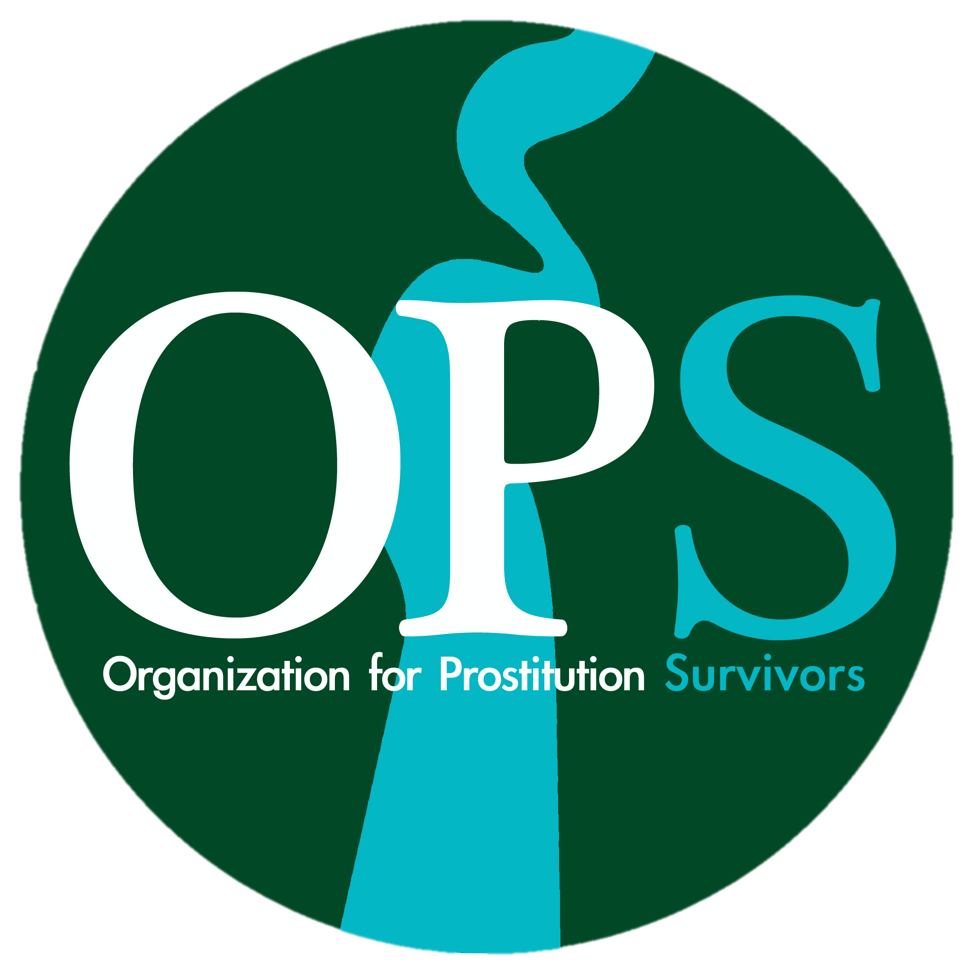Creating and Finding Safe Spaces: A Guide for Empowerment and Understanding Safe Spaces
In our journeys, especially as survivors of CSE, other kinds of exploitation and trauma, the concept of a "safe space" becomes vital for healing and finding peace.
A safe space can be any setting, physical or virtual, where individuals feel fully comfortable in expressing their true selves without fear of judgment or harm. This could be a snug corner at home, a serene spot in nature, an empathetic support group, or an understanding online community. What’s integral is the environment’s capacity to foster safety, comfort, and authenticity.
Examples of Safe Spaces:
Personal Spaces: Your own bedroom, a beloved armchair, a peaceful nook in your residence.
Natural Settings: A tranquil park, a vibrant garden, the soothing beach.
Community Spaces: Not just libraries and community centers, but also places where support flourishes.
Social Groups: Tight-knit friend circles, supportive family members, or therapeutic settings.
Online Platforms: Forums and chat groups designed for respectful, supportive interactions.
Creating Your Safe Space
To create these sanctuaries, start with what’s around you. Choose a place that visually calms you, has comfortable seating, soft lighting, and little to no distractions. Crucially, establish boundaries that define what behaviors are acceptable in this space, ensuring it remains a sanctuary.
Promote an atmosphere where open communication, active listening, and empathy prevail. Respect for diversity in thought and experience not only enriches our interactions but also strengthens our communal resilience.
Other ways to find your Safe Spaces:
Engage with Support Groups: For those grappling with deep-seated trauma or overwhelming stress, support groups or therapy can offer profound solace and understanding. Our network at OPS provides various therapeutic and support group options, tuned to the needs of those we serve.
Create a Social Media Group: While social media sometimes presents challenges, it can also be a powerful tool for building community. Choose to engage with content that lifts you up and consider establishing private groups centered around your interests or needs, thereby creating a digital haven.
Join a Class or Group: Activities like yoga, pilates, or meditation can connect you to others who are also seeking personal growth in a non-competitive environment. These spaces often evolve into supportive small communities, fostering not only physical but also emotional wellbeing.
Organize Regular Meet-Ups: Simple gatherings with friends or acquaintances who resonate with your values can reinforce your sense of community and provide emotional support. These meet-ups can act as your emotional recharge and help foster connections that contribute to your sanctuary.
Transform Your Home into a Sanctuary: Especially if you find rejuvenation in solitude, setting up your living space to reflect peace and comfort can be incredibly therapeutic. Decorate with elements that evoke joy and relaxation such as cherished photographs, soothing music, and pleasing aromas.
In embracing the task of creating and employing safe spaces, remember that you are taking a powerful step towards reclaiming and nurturing your inner peace. These sanctuaries, whether crafted in the physical world or woven through the threads of online interactions, are not just refuges but also platforms for deeper connection and healing. At OPS, we honor your path and offer our continued support in your journey towards empowerment and recovery.

